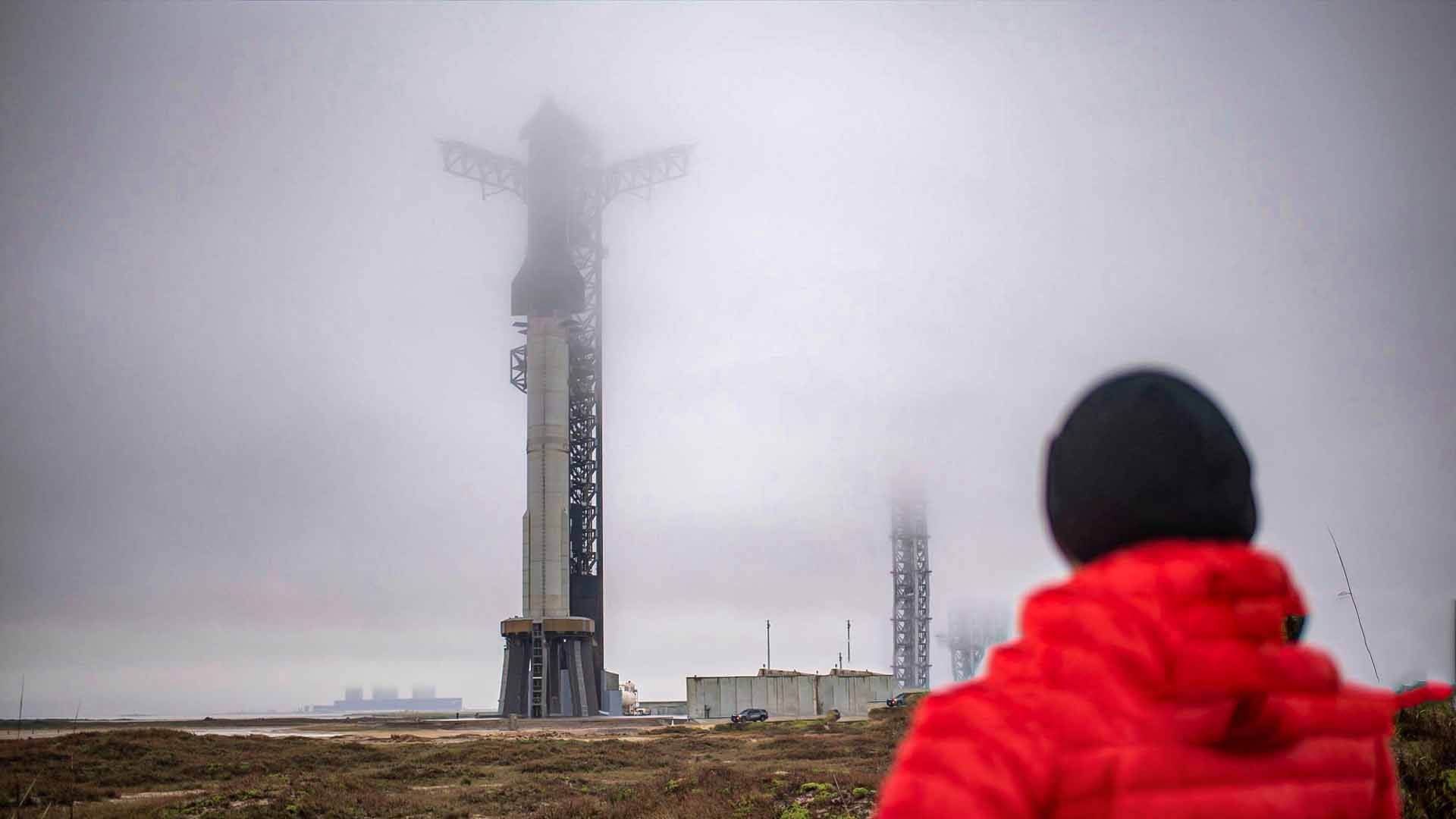On January 18, the Federal Aviation Administration (FAA) temporarily grounded SpaceX’s Starship program following the unplanned destruction of the spacecraft’s upper stage during a test launch on January 16.
The incident occurred as SpaceX tested its heavy-lift Starship rocket from its facility in South Texas. While the rocket’s upper stage successfully ignited all six Raptor engines and performed its ascent, a fire in the aft section led to what SpaceX referred to as a “rapid unscheduled disassembly.”
This marked the seventh test flight of Starship and another setback for its development. The FAA’s investigation aims to determine the root cause of the mishap and ensure public safety.
The upper stage of the spacecraft exploded minutes after liftoff, with debris reportedly falling outside the designated hazard zone. While there were no reports of injuries, the FAA confirmed that it is working with SpaceX and other authorities to verify claims of public property damage, particularly in the Turks and Caicos Islands.
The agency also activated a Debris Response Area and briefly restricted air traffic near the impacted zones. Several aircraft were delayed, with some diverting due to low fuel while holding outside affected regions.
SpaceX’s Starship program is critical to its long-term vision for space exploration, including plans to develop a lunar variant of the rocket for NASA’s Artemis program. The agency has contracted SpaceX to carry astronauts to the moon by 2027, highlighting the importance of the spacecraft’s success.
Despite the setback, SpaceX continues to conduct other operations unaffected by the grounding. The company’s Falcon 9 rockets remain active, with launches of satellites proceeding from sites in Texas and Florida.
This isn’t the first time SpaceX has encountered difficulties with Starship’s upper stage. A similar failure occurred during the second test launch last year. However, SpaceX remains committed to refining the spacecraft’s capabilities.
The company’s innovative launch system features mechanical arms, nicknamed “chopsticks,” which successfully captured the returning booster stage during the recent test. This achievement demonstrates progress in certain areas of the spacecraft’s design.
Meanwhile, another private space company, Blue Origin, faced challenges during its recent launch operations. On the same day as the Starship incident, Blue Origin’s New Glenn rocket successfully reached orbit but failed in its first-stage booster landing attempt on an offshore cargo ship.
The company described the landing as a “bonus” rather than a primary mission objective. Earlier in the week, Blue Origin had also postponed the maiden flight of the New Glenn rocket due to a vehicle subsystem issue. Despite these setbacks, the company announced plans to resume launches in the spring.
Both incidents highlight the inherent risks and challenges associated with advancing space exploration technology. For SpaceX, the Starship program represents a cornerstone of its ambitions, from lunar missions to eventual Mars colonization.
As the FAA continues its investigation, SpaceX will likely focus on addressing the underlying technical issues to prevent similar incidents in future launches.
The competition between private space companies like SpaceX and Blue Origin underscores the dynamic evolution of the aerospace industry.
While setbacks are not uncommon in the development of complex space systems, they serve as opportunities for learning and improvement. Both companies remain at the forefront of innovation, pushing the boundaries of what is possible in human space exploration.
